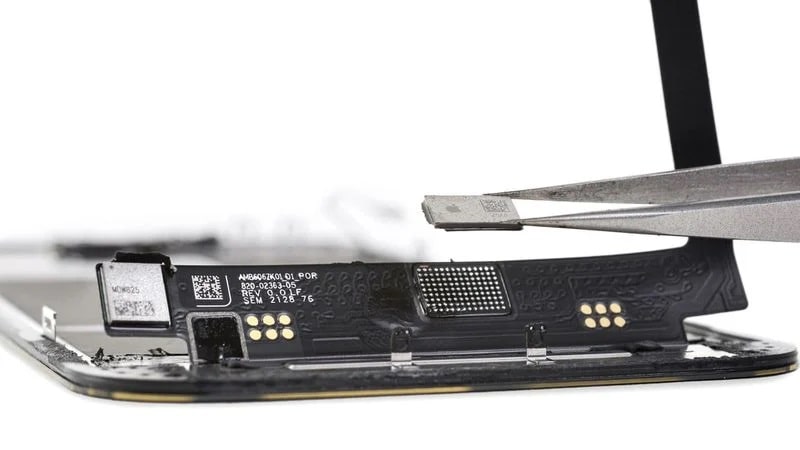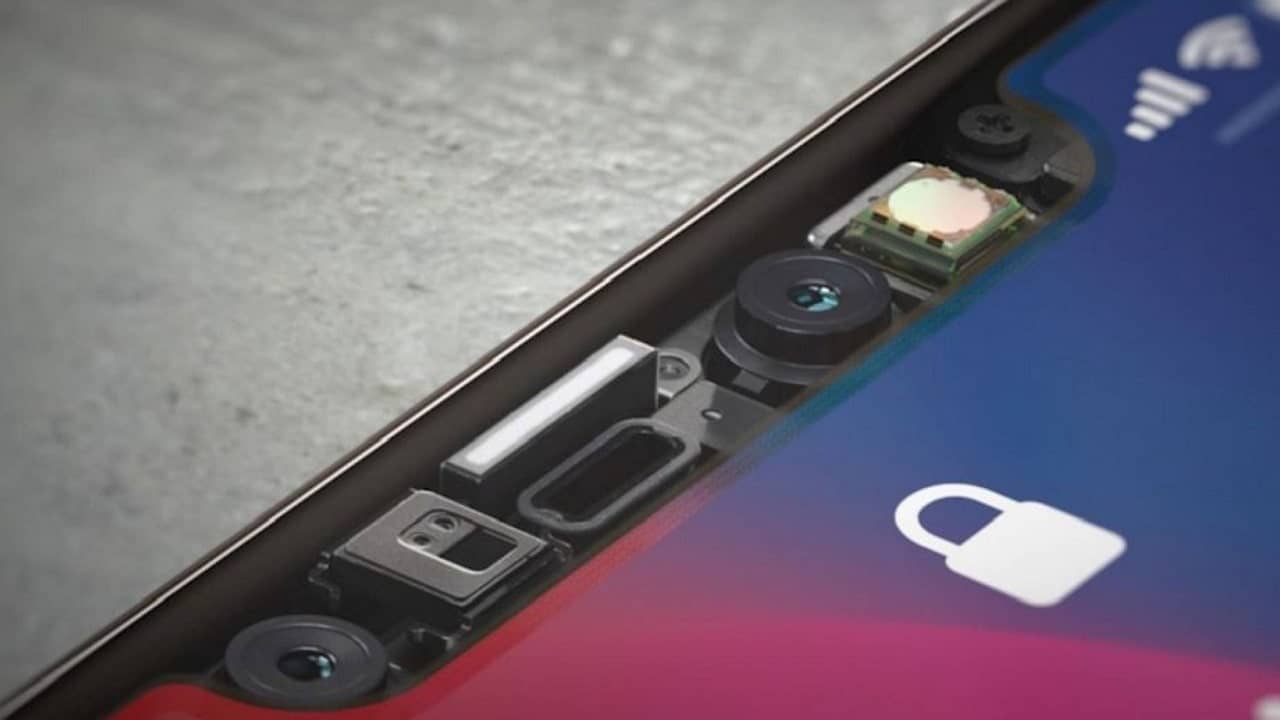Replace the iPhone 13 display, after a fall or any type of problem that needs repair, disable Face ID. iFixit had already reported the problem after disassembling the first iPhone 13 it could get hold of. But now the lack of “Right to Repair“, Which could prevent professionals around the world from working on new iPhones, except by contacting Apple directly.
Replacing the iPhone 13 display disables Face ID
Until last year, replacing an iPhone screen could be done with simple hand tools and the right replacement price. Now repairers must necessarily be enrolled in the program independent Apple repairers. Or have access to a microscope and a micro-welder.
In fact, the problem detected by iFixit lies in a microcontroller that couples the screen to the iPhone 13. You must be enrolled in the Apple Services Toolkit 2 to register the repair on Apple’s cloud servers for the smartphone to re-enable Face ID after a repair. Some stores have managed to find ways to get around this, but they require expensive and uncommon tools, as well as extremely delicate work.

According to iFixit, this problem could “technically” be the result of an “extremely specific hardware bug on one of the most changed components”. Screen repairs are indeed on the agenda. But “more likely, it is a strategy, not a mistake. This situation makes AppleCare necessary for new iPhones, unless you are sure your local repair shop is ready for the new challenge. Or you just think you’ll never drop your iPhone ”.
The newspaper that deals with teardown of electronic devices has called this mechanism “unprecedented”, which it effectively limits the “Right to Repair”. Anyone who has bought an iPhone should have every right to change the screen without taking away the ability to use Face ID. Instead he is forced to go to Apple Stores or authorized repairers, which without AppleCare+ they get to charge a lot for the display change.
On the other hand, Apple may have taken these steps to make Face ID is safer, preventing access to the system once the device has been disassembled. A measure that risks, however, to the detriment of independent repairers.















Leave a Reply
View Comments